Are freckles sun damage. Unraveling the Difference: Freckles or Sun Damage?
What is the difference between freckles and sun damage spots? Discover the causes, characteristics, and treatment options for these common skin conditions.
The Intriguing Tale of Freckles and Sun Damage
In the sun-drenched landscapes of Australia, where an outdoor lifestyle is embraced, the question of skin health and appearance becomes a pressing concern. Freckles and sun damage spots, or solar lentigo, are two distinct skin conditions that often captivate our attention. Understanding the nuances between these two types of pigmentation can be the key to reclaiming a balanced, youthful complexion.
The Formation of Freckles: Nature’s Protective Response
Freckles are an inherited feature, and although they are not considered sun damage, they do occur as a result of sun exposure. When UV rays hit the skin, the body increases the production of melanin, a dark pigment, leading to the formation of freckles. Typically, they are first noticed in children, especially those with fair skin and red hair. Freckles are the skin’s natural way of trying to shield itself from harmful UV rays, making them a surprisingly impressive adaptation.
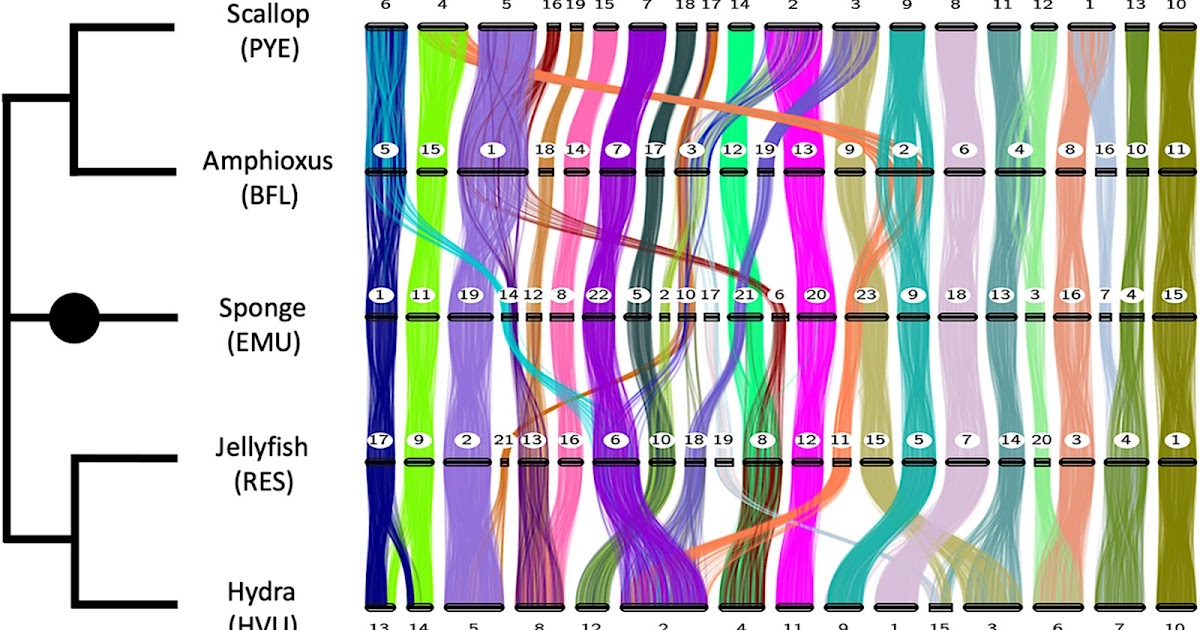
Sun Damage Spots: The Aftermath of Chronic Exposure
In contrast to freckles, sun damage spots, also known as sunspots or age spots, are more commonly associated with aging and prolonged sun exposure. These spots are caused by UV radiation, which triggers the multiplication of pigmented cells in the skin. Sunspots tend to increase in number as we grow older, particularly in areas like the face, hands, arms, and shoulders.
Distinguishing Freckles from Sun Damage Spots
The visual differences between freckles and sunspots are quite apparent. Freckles are generally smaller in size, ranging from red to brown in shade, and they tend to become more noticeable in the summer and fade or disappear when not exposed to the sun. Sunspots, on the other hand, are flat areas of discoloration that can be tan or varying shades of brown. They are usually larger, darker, and have a more defined shape compared to freckles.
Addressing the Concerns: Are These Conditions Harmful?
While freckles are not considered a health threat, they can indicate excessive sun exposure. Sunspots, or solar lentigo, also do not pose a direct danger, but their presence can signal chronic UV exposure, which is a risk factor for developing melanoma. In the sun-drenched climate of Australia, it is crucial to keep a close eye on any changes in your skin, including the appearance of freckles and sunspots.

The Sun’s Broader Impact on Skin Health
Monitoring freckles and sunspots is just the tip of the iceberg when it comes to understanding the effects of sun exposure on our skin. The sun’s rays can also accelerate the visible signs of aging, such as wrinkles, skin sagging, and the development of moles and melasma. While prevention and protection, like daily sunscreen application, are essential, treatment options are available to address these various skin concerns.
Reclaiming Radiance: The Role of Cosmetic Skin Care
At the Victorian Dermal Group, experts in cosmetic skin care work with the latest in laser technology to repair and reverse the effects of sun damage and pigmentation. Through personalized consultations, cutting-edge treatments, and a dedication to achieving the best possible results, the clinic helps clients regain a clearer, more youthful appearance. Whether you’re dealing with freckles, sunspots, or other sun-related skin conditions, the Victoria Dermal Group is equipped to provide the solutions you need.

Uncovering the Difference: Freckles or Sun Damage?
What is the key difference between freckles and sun damage spots? Freckles are an inherited feature that appear due to increased melanin production in response to UV exposure, while sun damage spots, or solar lentigo, are caused by the multiplication of pigmented cells in the skin due to chronic sun exposure.
Are Freckles and Sun Damage Spots Harmful?
While freckles are not considered a health threat, they can indicate excessive sun exposure. Sunspots, on the other hand, do not pose a direct danger, but their presence can signal chronic UV exposure, which is a risk factor for developing melanoma. Regular skin checks and monitoring any changes are crucial, especially in sun-heavy climates like Australia.
How Can Cosmetic Skin Care Address Sun-Affected Skin?
Experts at the Victorian Dermal Group utilize the latest in laser technology to repair and reverse the effects of sun damage and pigmentation. Through personalized consultations, cutting-edge treatments, and a commitment to achieving the best possible results, they help clients regain a clearer, more youthful appearance by addressing a wide range of skin conditions, including freckles, sunspots, melasma, and more.

What Other Skin Changes Can Excessive Sun Exposure Cause?
In addition to freckles and sunspots, excessive sun exposure can also accelerate the visible signs of aging, such as wrinkles, skin sagging, and the development of moles and melasma. While prevention and protection through daily sunscreen application are essential, treatment options are available to address these various skin concerns.
How Can I Maintain Healthy, Balanced Skin?
Maintaining healthy, balanced skin involves a multifaceted approach that includes sun protection, regular skin checks, and seeking professional care when necessary. By understanding the differences between freckles and sun damage spots, and being proactive in addressing any skin changes, you can take steps to reclaim a youthful, radiant complexion.
What Should I Do If I Notice Changes in My Skin?
If you notice any changes in your skin, such as rapid growth, unusual appearance, or unusual spots, it’s important to consult your doctor immediately. Early detection and intervention are crucial, especially when it comes to potential skin conditions like melanoma. Don’t hesitate to seek professional guidance to ensure your skin health and well-being.

How Can Professional Skin Care Treatments Help Restore My Skin?
The experts at the Victorian Dermal Group use cutting-edge laser technology and personalized treatment plans to address a wide range of skin concerns, including freckles, sunspots, melasma, and other signs of sun damage. By working with these specialists, you can regain a clearer, more youthful-looking complexion and feel confident in your skin.
Freckles or Sun Damage: Is There a Difference?
Ever wondered if the spots on your skin are freckles, sunspots, or other pigmentation? Australians enjoy an enviable outdoor lifestyle, but we also know that UV rays are notoriously damaging to our skin.
Freckles and sunspots (solar lentigo) are two of the common changes we notice after sun exposure and both can affect our confidence. If you’re looking to restore your natural, balanced skin tone, we can assist.
Victorian Dermal Group are leaders in cosmetic skin solutions and offer a range of treatments to remove or fade skin pigmentation, sun damage and the effects of ageing. Book your initial consultation at our clinic in Melbourne.
How are freckles formed?
Freckles are an inherited feature and although not considered sun damage, they do occur as a result of sun exposure. Freckles are typically first noticed on children, especially those with fair skin and red hair.
When UV rays hit your skin, freckles develop from an increase in dark pigments called melanin. This is why freckles are usually more visible on the arms, face and other areas, that are more often exposed to the sun.
Although you may find unevenly pigmented skin undesirable, freckles themselves are actually quite impressive. Freckles are the skin’s natural way, of trying to protect us from harmful UV rays. So, given the above information, it’s safe to say freckles are not sun damage.
What are sun damage spots?
Spots caused by sun damage are known as sunspots (solar lentigo). They also go by other names such as ‘age spots’ or ‘liver spots’. In contrast to freckles, they are common in people over the age of 40, but they can affect younger people too. Sunspots occur when UV radiation causes pigmented cells in the skin to multiply.
Sunspots tend to increase in number as we age, particularly with chronic sun exposure. They are common for people of all skin types and mainly affect areas of the body like the face, hands, arms and shoulders.
Do freckles and sun damage spots look different?
Freckles are generally smaller in size than sunspots and vary in shade from red to brown. They often become more noticeable in the summer and fade or disappear when not exposed to sun. Freckles are also known to fade with age.
Sunspots are flat areas of discolouration or spots, that can be tan or varying shades of brown. In comparison to freckles, sunspots are usually darker, larger and have a more defined shape. Sunspots also tend to stay this way regardless of the amount of sun exposure.
Should I be worried about freckles and sun damage spots?
Freckles are not considered to be harmful to your health, but are still an important signal you may have spent excess time in the sun. Sunspots (solar lentigo) generally don’t pose a threat to your health either. However, their presence can indicate chronic exposure to UV light, which is a risk factor for melanoma.
In Australia where the sun is especially harsh, it’s important to keep track of any changes to your skin including freckles and sunspots.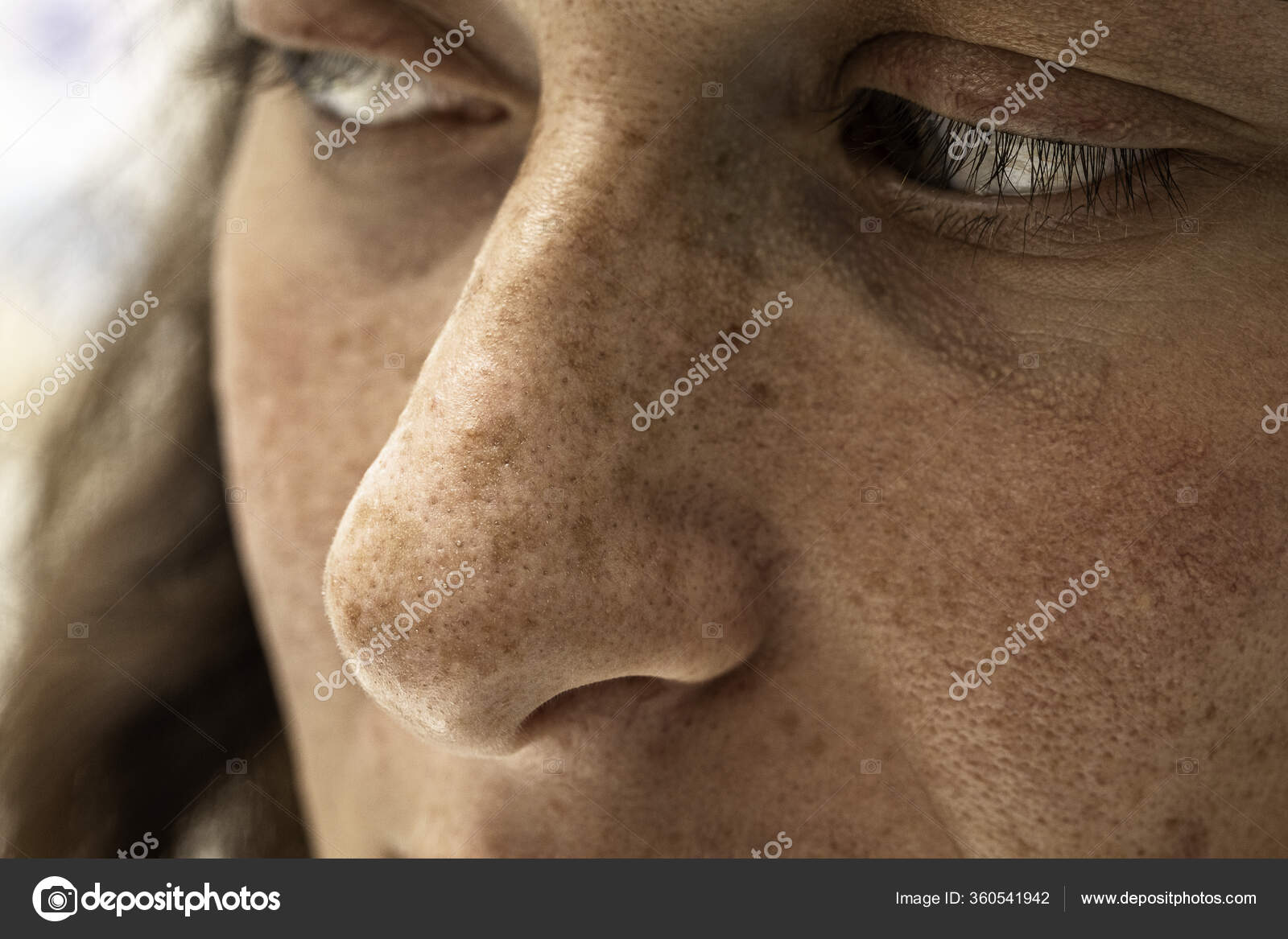 For spots that grow quickly, change in appearance or seem unusual, consult your doctor immediately.
For spots that grow quickly, change in appearance or seem unusual, consult your doctor immediately.
How else does the sun affect my skin’s surface?
Monitoring freckles and sunspots should also involve keeping an eye out for other skin changes too. Sun exposure affects the skin in a myriad of ways, including:
- Wrinkles
- Skin sagging
- Melasma
- Moles
Some of these changes to our skin are inevitable with our natural ageing process, but excess UV rays can accelerate them.
While prevention and protection in this regard is important, such as daily application of a high-quality sunscreen, treatment for such conditions can also be very effective. The Victoria Dermal Group has further information on sun damage and anti-ageing treatments.
Benefits of cosmetic skin care for sun affected skin
At Victorian Dermal Group our experts in cosmetic skin care work with the latest in laser technology to repair and reverse damaged or pigmented skin. The benefits of skin therapy are to regain a clearer and more youthful appearance, especially if excess sun has left your skin flawed.
The benefits of skin therapy are to regain a clearer and more youthful appearance, especially if excess sun has left your skin flawed.
At our Melbourne skin clinic we offer:
- Initial consultation – during your one-on-one skin consultation, we conduct a personalised skin analysis using Diagnostic Imaging Technology
- Expert advice – Our skin specialists advise on a wide spectrum of skin conditions including: freckles, sunspots, melasma, age related skin conditions, acne, rosacea, scarring and pigmentation
- Cutting edge treatment – Our treatments include the latest in laser technology to reduce and remove different forms of pigmentation or discolouration
- Excellent results – Our treatment is personalised and we are dedicated to achieving the best possible results. To view some ‘before and after’ shots from our pigmentation treatment check out our website.
If you are frustrated with your freckles, sunspots or pigmented skin and curious about your options, we’d love to hear from you.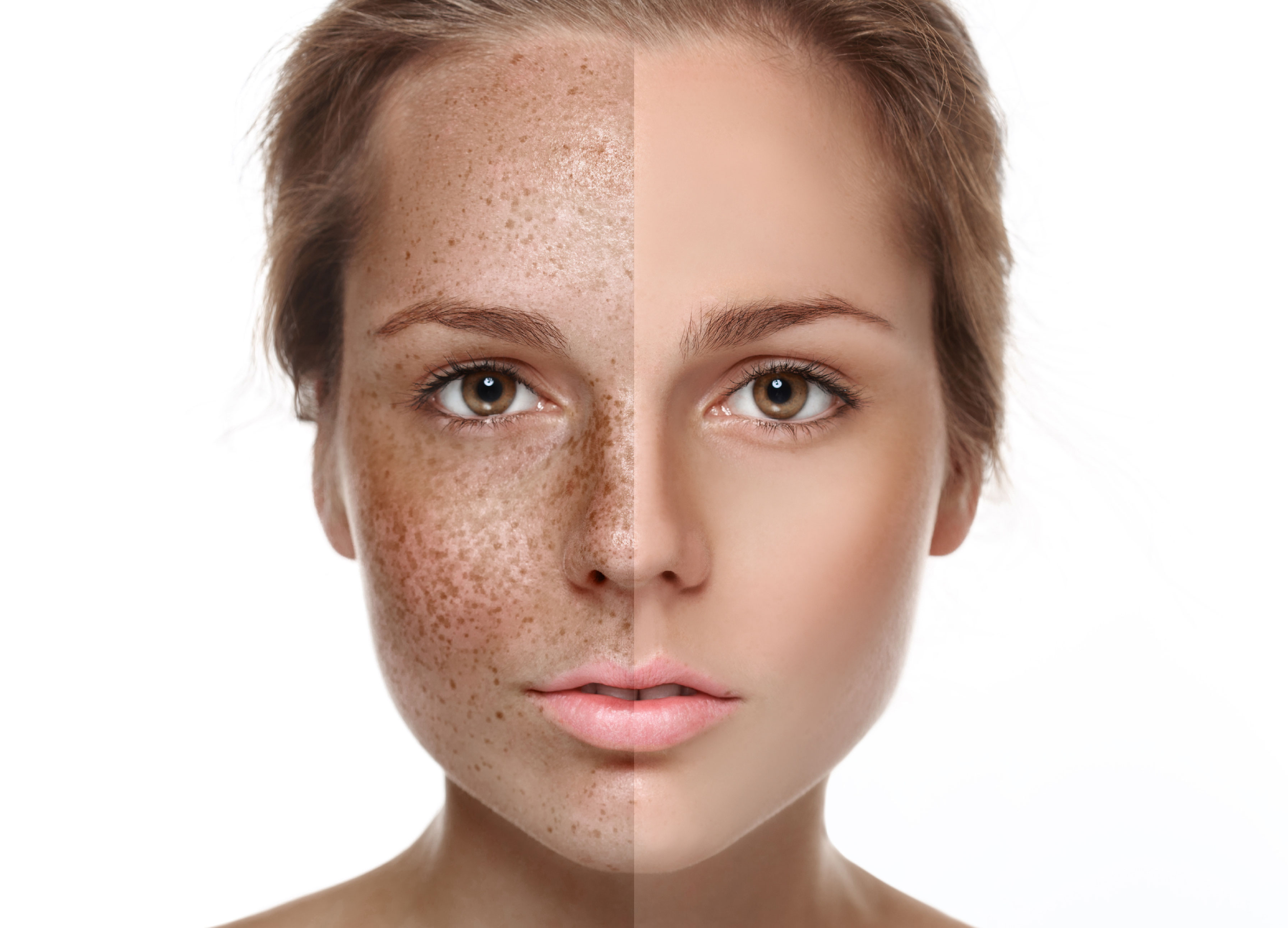 Our team of highly trained skin specialists will provide you with tailored advice and exceptional, results focused treatment.
Our team of highly trained skin specialists will provide you with tailored advice and exceptional, results focused treatment.
What’s The Difference Between Freckles And Sun Spots?: Center Aesthetic & Dermatology:
It’s nearly Summertime here in New York City and our Board Certified Dermatologist, Cheryl Karcher sat down with THE AEDIT to discuss the difference between Freckles and Sun Spots. Here in Downtown Manhattan, we hear from patients all the time about their sun spot concerns. Read below about what you can do to protect and prevent sun damage, as well as the remedies that can help if you spot a sun spot!
What Are Freckles?
Freckles are small dark spots, usually less than 5mm in diameter, where the skin cells have produced extra pigmentation. Most freckles are uniform in color, but it varies depending on skin tone. They can be red, tan, light brown, dark brown, black, or any color that is darker than the person’s skin color.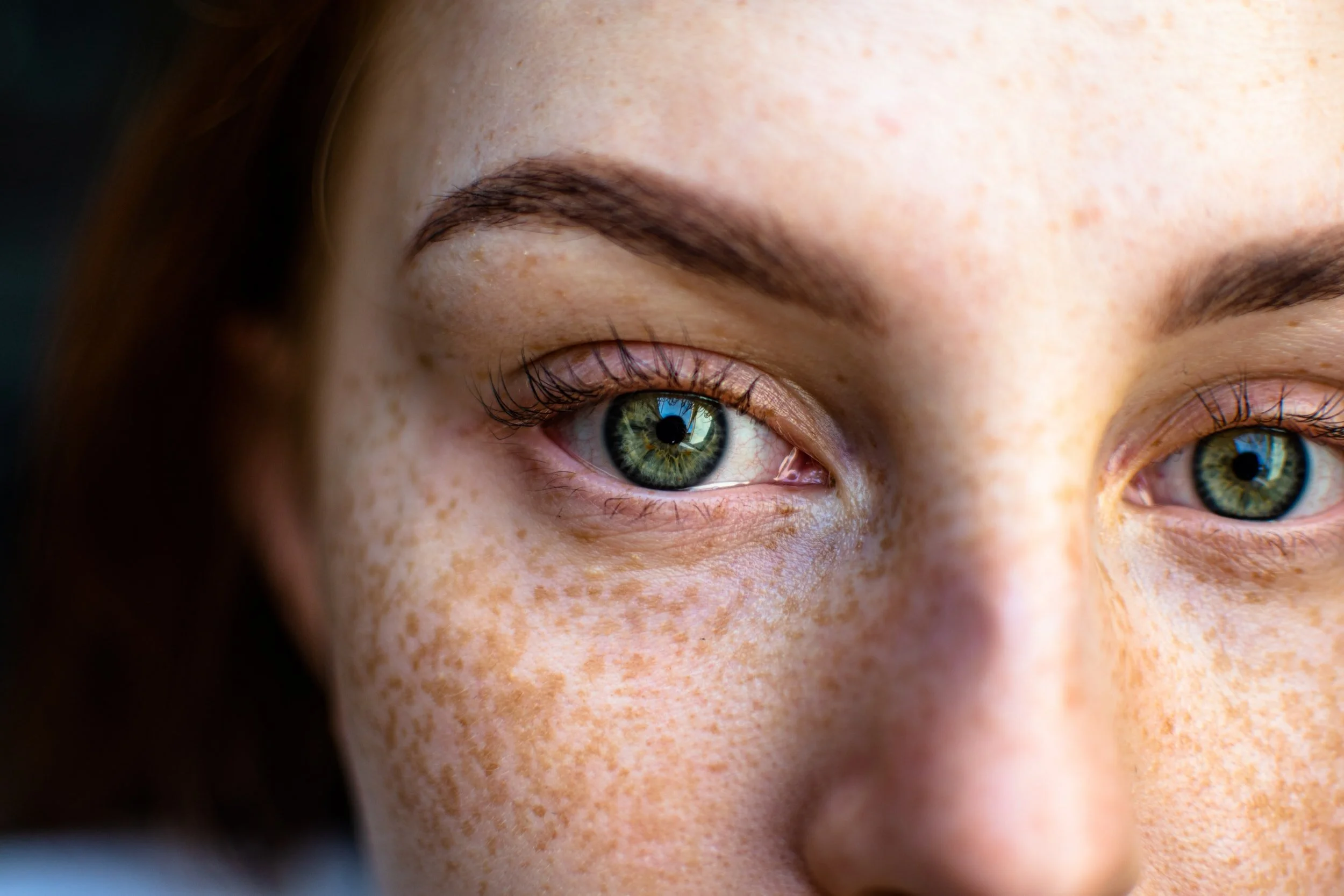 That is typically why people with pale skin have a more reddish hue to their freckles.
That is typically why people with pale skin have a more reddish hue to their freckles.
A person’s ability to make freckles is due to genetics. For instance, if your parents have freckles, it is likely that you will have freckles too. Although freckles are hereditary, they are activated by sun exposure. If someone that has the freckle gene (MC1R), they must spend time in the sun in order to produce freckles. A person without the freckles genes will not produce freckles regardless of if they are in the sun or not.
Freckles actually serve a purpose. In a way, they act like sun screens and are a natural way to block the UV rays from penetrating the deeper layers of the skin. They are not a sign of sun damage, but rather protect areas of the skin that are particularly sensitive to ultraviolet light. With that in mind, if you have a lot of freckles, that is a good indicator that you should be applying sunscreen regularly and generously to prevent sun damage.
What Are Sun Spots?
The quickest way to tell if a brown spot is a freckle or sun spot is that that sun spots are typically larger in size (.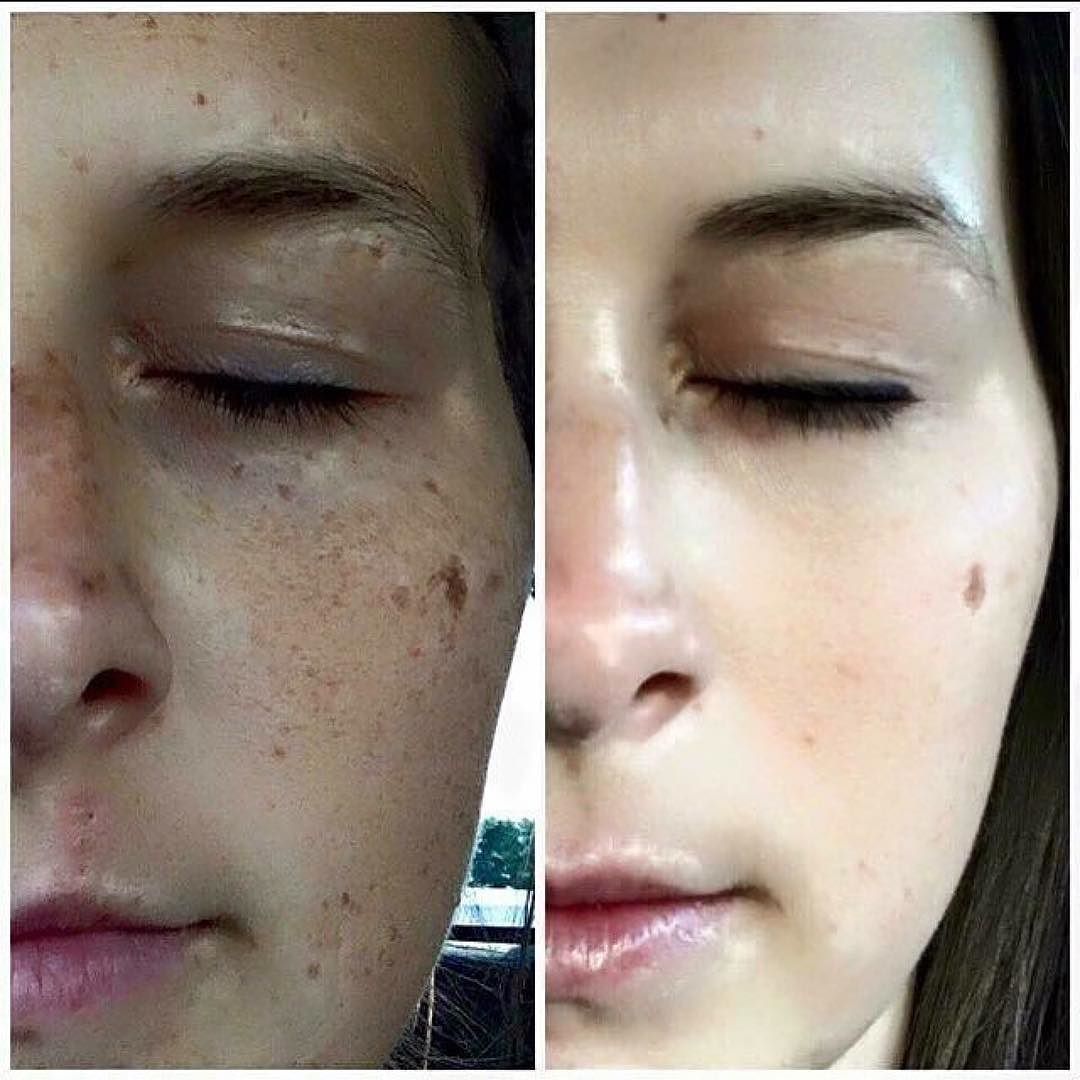 2-2.0 centimeters) and are most commonly found on the hands, face, shoulders, back, arms, and tops of feet. They are also more common with aging, which is why they’re also called age spots, senile lentigines, and liver spots. They are larger because the involve multiple pigmented cells lumped together.
2-2.0 centimeters) and are most commonly found on the hands, face, shoulders, back, arms, and tops of feet. They are also more common with aging, which is why they’re also called age spots, senile lentigines, and liver spots. They are larger because the involve multiple pigmented cells lumped together.
The good news about sun spots is that they are not always permanent. Sometimes they can fade if the sun is avoided for a long enough period of time. Prevention is always better than curing, though. Limiting sun exposure, using sunscreen liberally, and avoiding artificial tanning like sun beds, is recommended to avoid sun spots.
What’s The Differences Between Freckles and Sun Spots?
While freckles are more visible against lighter skin types, they are actually linked to the same gene responsible for complexion. The MC1R gene not only controls the likelihood of freckles but also it is responsible for skin color and hair color, particularly for red hair. Similarly, people with lighter complexions are also most susceptible to develop sun spots.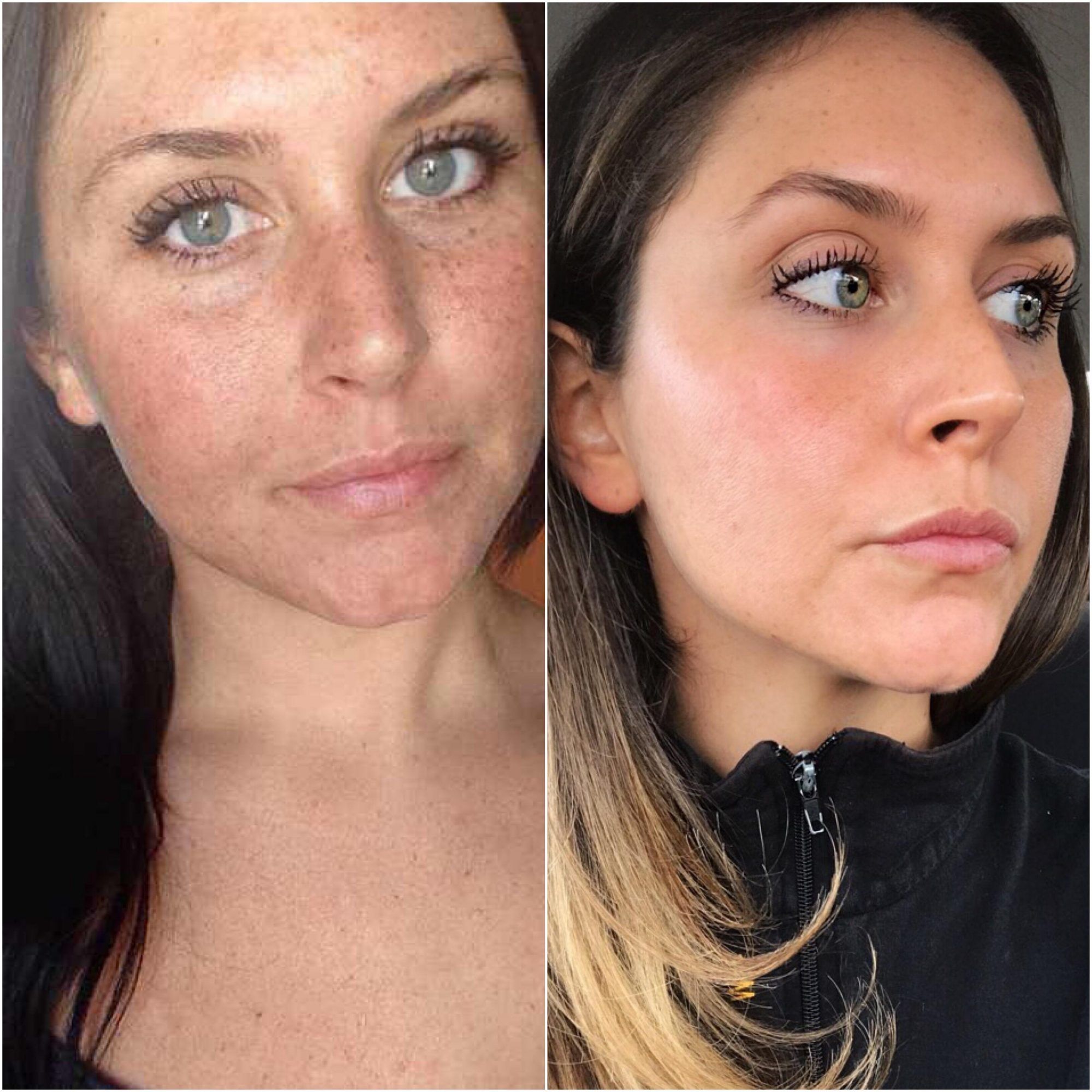 The key difference is that sun spots are more common among older populations and can start forming in the mid-thirties. With repeated sun exposure over years, the skin cells start to produce melanin, forming the sun spots.
The key difference is that sun spots are more common among older populations and can start forming in the mid-thirties. With repeated sun exposure over years, the skin cells start to produce melanin, forming the sun spots.
Additionally, the lifespan of freckles and sun spots is different. Freckles typically fade away with age and even seasons whereas sun spots tend to stick around longer. Because of this, sun spots can require skin treatments for removal.
Are They Harmful?
Fortunately, neither freckles or sun spots are harmful. Even though they are benign, it is still important to monitor their appearance to make sure there are no irregularities or changes which could indicate malignant melanoma (skin cancer). Should you notice any changes, it is important to schedule a visit with your board-certified dermatologist to be on the safe side.
Removing Sun Spots
Should you have unwanted sun spots that have not gone away over time, in-office skin treatments like IPL , laser therapy, chemical peels, or micro needling and topical applications have proven to be effective in diminishing their appearance.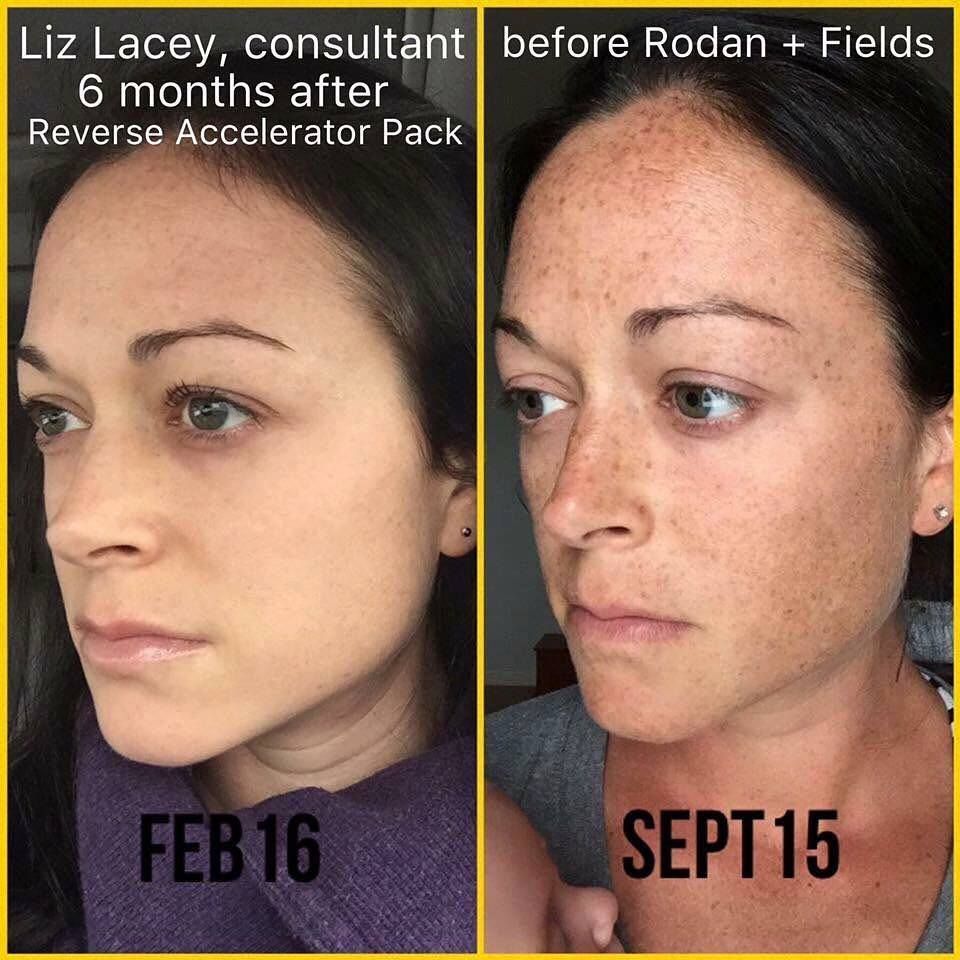
For in-office treatments, New York-based board-certified dermatologist Cheryl Karcher, MD recommends intense pulsed light treatment (IPL) or Cutera Excel V, a laser treatment the targets the pigment. “The Cutera Excel V,” will target the individual sunspot,” she says. “IPL can target the individual sunspot but can also do the entire face arms or legs. Both treatments have some downtime and the patient cannot get sun two weeks before the treatment or two weeks after the treatment.”
While over-the-counter skin care products and prescription topical remedies have worked for some, their results usually cannot match those of in-office treatments. If you would prefer to use a cream or lotion to treat age spots, see a board-certified dermatologist first. “Hydroquinone creams and creams with Kojic acid have been found very useful in feeding sun spots,” Dr. Cheryl Karcher says. “It can take a long time, but they can lighten the spots. Again, if a patient gets any sun on those spots it will take months for the spot to lighten.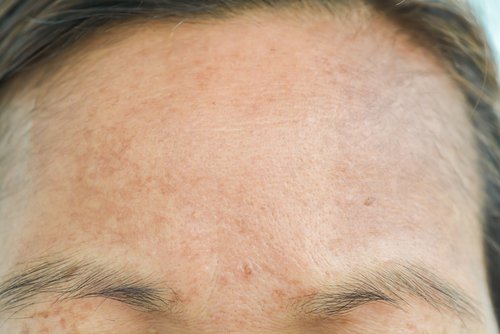 ”
”
Each of these treatments vary in price and may require multiple sessions to see desired results. Regardless of which treatment you choose, age spots can reappear, so it is important to protect your skin from the sun. To properly protect your skin, choose a broad-spectrum sunscreen, which protects agains both UVA and UVB rays, that is water resistant and over SPF 30. Apply a liberal amount of lotion daily and re-apply every couple of hours to ensure you are fully protected.
Author
Alexandra Milner
Alexandra is the Marketing Director and Chief of Staff at Center Aesthetic & Dermatology. She’s focused on creating the ideal patient journey and experience for every person that walks through our doors, as well as key content for our followers, patients, and readers.
As the practice grows, so does Alexandra’s passion for all things aesthetics and wellness. She’s also a big fan of tiny chihuahuas, but that’s another blog for another time 🙂
Is it worth getting rid of freckles and can it be dangerous for health
Why do people need freckles, why albinos are not freckled, and is it possible to find out one’s fate by specks on the skin, says the science department of Gazeta.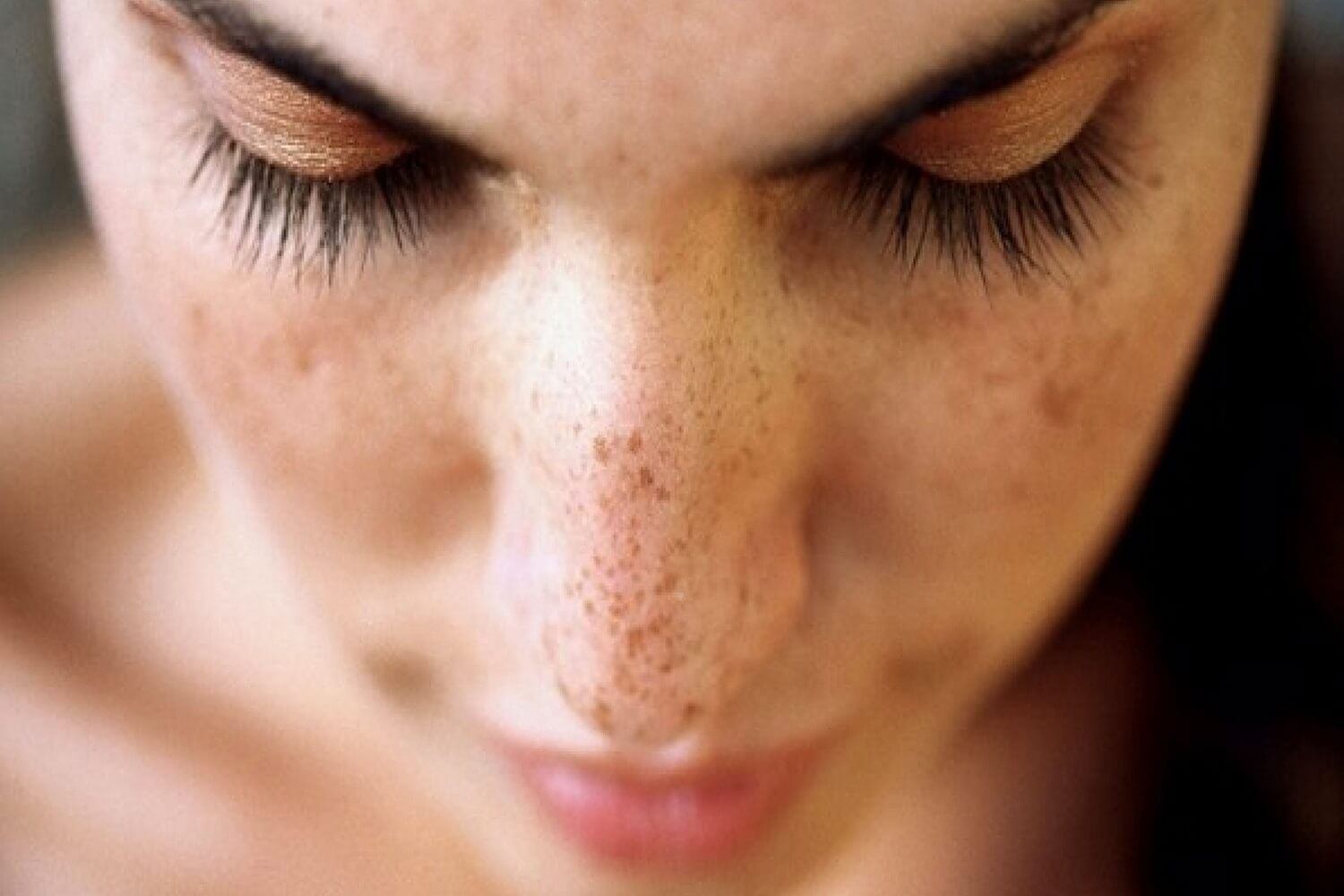 Ru.
Ru.
“If a boy is freckled, is it really the boy’s fault that he was born freckled?” – was sung in the Soviet short cartoon. But really, who is to blame for the appearance of freckles and is it good to be strewn with freckles?
No kissing
Parents often tell their children: “Freckles are an angel’s kiss” or “Freckles are stars from the sky scattered on cheeks and shoulders”. In fact, freckles (from the Greek ephelides , which translates as “sun spots”) are small areas with a high content of melanin – a dark brown or black pigment that determines the color of the eyes, skin and hair. By the way,
is responsible for shades of different intensities.
All men for testing
Men can live as long as women, but this does not happen due to the loss of blood cells…
May 25 12:46
two types of pigment: eumelanin (responsible for the dark black-brown color) and pheomelanin (responsible for the yellow-red tint – it is he who prevails in freckles).
Melanin is necessary for the body – it absorbs the sun’s rays and saves the deep layers of the skin from radiation damage. For some, melanin is produced evenly, while for others it is concentrated in certain areas on the face, arms, chest and other parts of the body – these are freckles. However, there are people who live without melanin at all – we are talking about albinos, who are recommended to be in the sun as little as possible.
There is a myth that some babies are born with freckles. But in fact, children become freckled only at the age of four or six, and the peak of “freckleness” falls on puberty. By the age of 30, the number of “sun spots” decreases. Interestingly, in old age, freckled people are more likely than others to develop lentigo – flat dark brown spots on the skin that occur after a long exposure to the sun.
Only humans have freckles, but so-called freckled sharks swim in the Indian and Pacific oceans. These are 48 cm fish of a bright color, on the backs of which numerous dark spots are scattered. Biologists know very little about this species of shark, as only nine specimens have been found by researchers.
Biologists know very little about this species of shark, as only nine specimens have been found by researchers.
Red-haired, but not freckled
“If you see a red-haired and freckled boy, then he is from the Weasley family,” Draco Malfoy said contemptuously to Harry Potter. And Ron, and Fred, and George really differed in violent freckling, but not all owners of fiery hair color can boast of freckles.
What the mother’s voice said
Scientists have found out how the brain of children “hears” the mother’s voice. On why it’s important for autism research and…
17 May 11:46
In addition, freckles can appear on the face and shoulders of blondes and even brunettes. According to scientists, the Mc1r gene is responsible for the tendency to freckling – it regulates the production of melanin in humans.
Scientists have also discovered another gene associated with the active production of melanin pigment and the appearance of freckles, although it does not work alone, but “in a team”.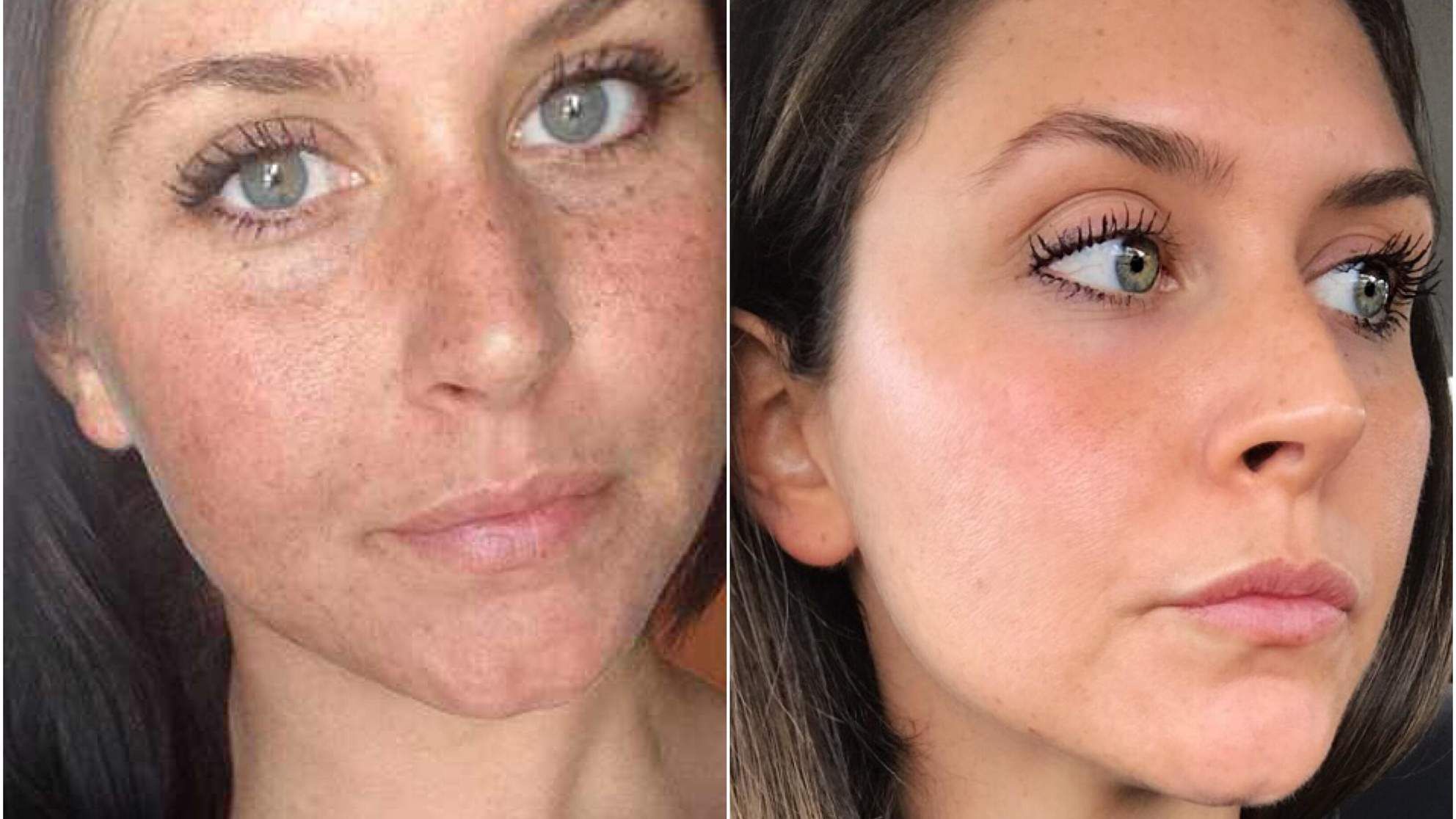 This gene is called IRF4, and its main function is to regulate the production of proteins, which, in turn, stimulate the production of interferon proteins (they are produced in response to the invasion of viruses in the body and thus ensure the functioning of the immune system). Explore The full text of study is available in the journal Cell.
This gene is called IRF4, and its main function is to regulate the production of proteins, which, in turn, stimulate the production of interferon proteins (they are produced in response to the invasion of viruses in the body and thus ensure the functioning of the immune system). Explore The full text of study is available in the journal Cell.
In the course of the study, the researchers analyzed the genetic material of 95,085 inhabitants of Iceland: as a rule, they have fair skin, blue or gray eyes and blond hair. Geneticists analyzed 16,280 DNA regions surrounding the IRF4 gene from different people. As a result, it turned out that if IRF4 is surrounded by certain regions of the gene, which is most surprising, they are non-coding, that is, they are not responsible for the production of any protein, then this is
leads to the appearance of freckles on the skin and other genetically linked signs: brown hair, fair skin, blue eyes and increased sensitivity to sunlight.
“Investigation of the biological processes and molecular mechanisms that are associated with variation in these little-studied regions of the genome is a very difficult part of our work. This is one of those rare cases when scientists managed to link a non-coding region of the genome with a functional mechanism, ”comments lead author William Pavan.
From horseradish to lemon
Active phase of religious ecstasy
About how the brain can make a person feel like a new messiah and go to salvation…
May 16 21:10
“Red freckles spoil all my beauty. I rub them, I drive them, I go crazy with them! Even Petya Sokolov could not find good words for such an ugly girl, ”complains the main character of one of Agnia Barto’s poems. The poem does not lose its relevance – today many ladies, whose cheeks and chest are strewn with hemp, are trying to get rid of “angel kisses”. However, even in ancient Egypt, women rubbed “sun spots” with horseradish. But the freckled inhabitants of Hellas disdained horseradish, but with might and main tried to whiten with lemon and dandelion. Modern girls, by the way, still apply lemon juice to “problem areas” so that it oxidizes the dark pigment and whitens it. Strawberry juice, parsley, cucumber, egg white, honey, vegetable oil and milk also help freckles. But horseradish is not used as a remedy for “sun spots” in the 21st century.
Modern girls, by the way, still apply lemon juice to “problem areas” so that it oxidizes the dark pigment and whitens it. Strawberry juice, parsley, cucumber, egg white, honey, vegetable oil and milk also help freckles. But horseradish is not used as a remedy for “sun spots” in the 21st century.
By the way, doctors remind about the danger of getting rid of freckles: after bleaching the skin increases its sensitivity to ultraviolet light. Therefore, doctors advise not to touch hemp, moreover, very often they only decorate a woman’s face.
No wonder Barto’s poem ends with the following lines: “I see – Petya Sokolov. He is tall and black-browed, with a girl next to him. By the way, she has freckles on her nose! Why does Sokolov say so many words to her?
Moreover, scientists proved : Large amounts of the pigment pheomelanin, which is responsible for the massive appearance of freckles, help the body get rid of a sulfur-containing amino acid called cysteine more efficiently.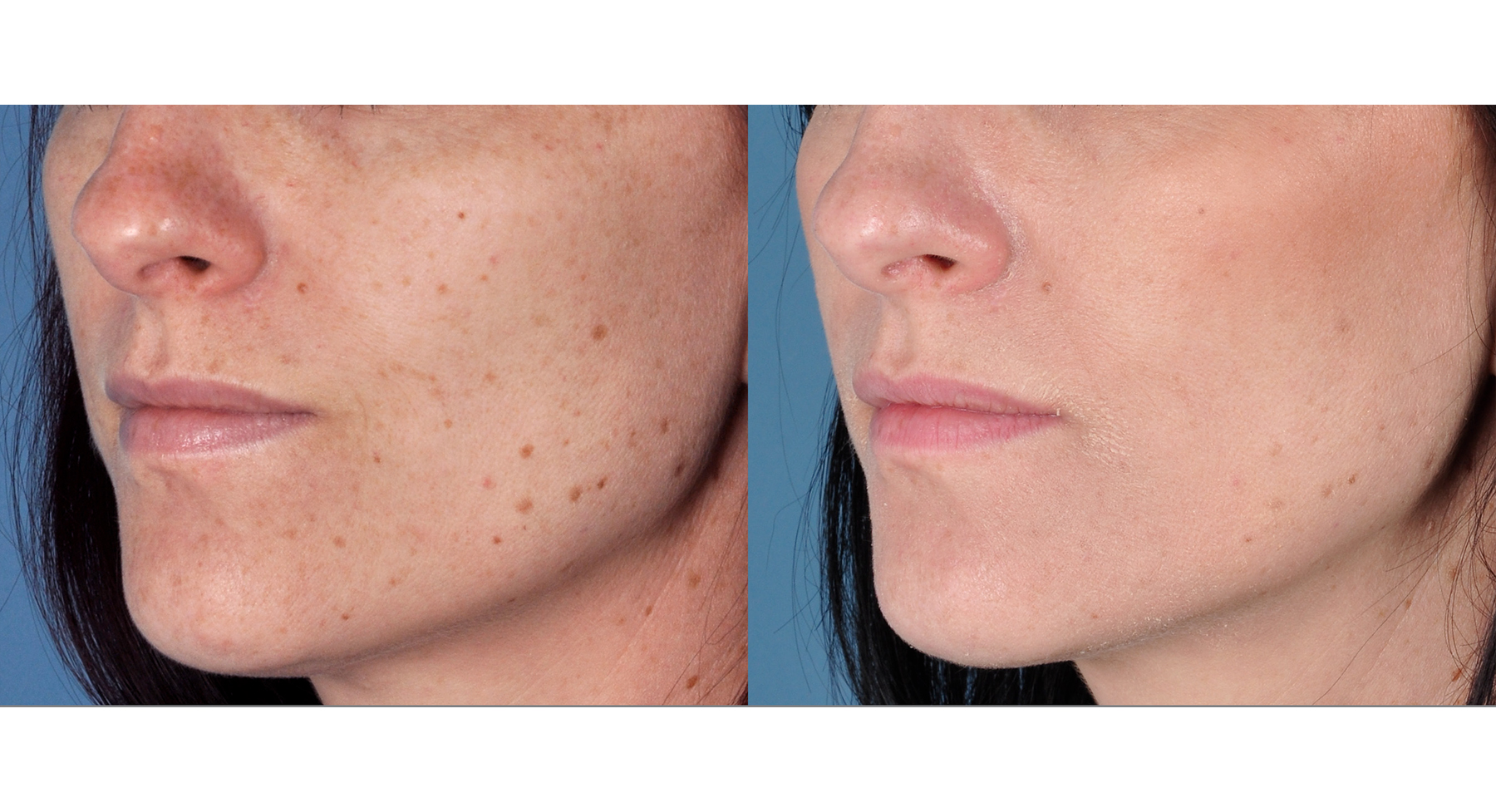 It is produced during stress, and in large quantities harms the body.
It is produced during stress, and in large quantities harms the body.
It is interesting that a lot of superstitions and prejudices are connected with freckles: for example, a number of astrologers believe that caulking appears due to the influence of Mercury and significantly reduces the “bioenergy of the body”. It’s funny that sometimes clusters of freckles are interpreted in one way or another: for example, a group of hemp on the legs of a fortune teller is considered as a “sign of an upcoming trip”, and on the legs – a “sign of the upcoming hard work.” By the way, some businessmen even offer to “learn fate” by freckles. However, given that they are guessing even by the lines of the foot and the shape of the toes, as well as by the prints of the buttocks, there is nothing to be surprised at.
Harm and benefits of sunlight
Every year, we, the inhabitants of the north, look forward to summer. Summer, warmth and sun, which makes us noticeably happier, more beautiful, more efficient and even a little kinder. This interesting effect is due to the fact that under the influence of sunlight, the human body begins to produce useful vitamin D – an important regulator of calcium-phosphorus metabolism in the body and the hormone serotonin, which controls impulses between the nerve cells of the brain, on which sleep, appetite and human mood depend. In addition, serotonin delays the production of melatonin, a hormone that is important in the development of depression. With the help of sunlight, the body also maintains the synthesis of insulin and the balance of skin microflora. So the benefit of the sun is hard to dispute. But, unfortunately, there are also negative aspects associated with sunlight.
This interesting effect is due to the fact that under the influence of sunlight, the human body begins to produce useful vitamin D – an important regulator of calcium-phosphorus metabolism in the body and the hormone serotonin, which controls impulses between the nerve cells of the brain, on which sleep, appetite and human mood depend. In addition, serotonin delays the production of melatonin, a hormone that is important in the development of depression. With the help of sunlight, the body also maintains the synthesis of insulin and the balance of skin microflora. So the benefit of the sun is hard to dispute. But, unfortunately, there are also negative aspects associated with sunlight.
Prices for services
Primary appointment with a dermatologist (assessment of patient complaints, history taking, examination, provisional diagnosis, consultation)
Primary appointment – an appointment with a doctor of a particular specialty for the first time.
Make an appointment
1500 ₽
Appointment with a dermatologist for removal of neoplasms (evaluation of complaints, history taking, dermatoscopy according to indications)
Make an appointment
500 ₽
Cannot be deleted
Sun and solarium lovers should always remember their own moles. Nevi, as dermatologists call moles, are prone to degeneration into the most rapidly recurring type of cancer – skin melanoma. And the sun is considered the most negative factor in relation to the malignancy of moles. Nevi are most prone to malignancy, which are often injured – by a belt, clothing collar, linen, chain, etc. If you have a mole that is constantly injured, it is better to simply remove it 2-3 weeks before it appears in the active sun. The most modern way to remove a mole is a laser. It does not cause pain and blood loss, therefore, after this procedure, the mole removal site heals quickly. After obligatory dermatoscopy – examination of the nevus under a special microscope – an anesthetic is injected under the mole, and it is removed in a few minutes. The material remaining after the removal of the mole should be sent for histology to make sure that there are no cancer cells.
Nevi, as dermatologists call moles, are prone to degeneration into the most rapidly recurring type of cancer – skin melanoma. And the sun is considered the most negative factor in relation to the malignancy of moles. Nevi are most prone to malignancy, which are often injured – by a belt, clothing collar, linen, chain, etc. If you have a mole that is constantly injured, it is better to simply remove it 2-3 weeks before it appears in the active sun. The most modern way to remove a mole is a laser. It does not cause pain and blood loss, therefore, after this procedure, the mole removal site heals quickly. After obligatory dermatoscopy – examination of the nevus under a special microscope – an anesthetic is injected under the mole, and it is removed in a few minutes. The material remaining after the removal of the mole should be sent for histology to make sure that there are no cancer cells.
Photoaging
Exposure to sunlight inevitably leads to photoaging of the skin. After all, ultraviolet rays destroy the protein collagen, which is responsible for youth, elasticity and hydration of the skin.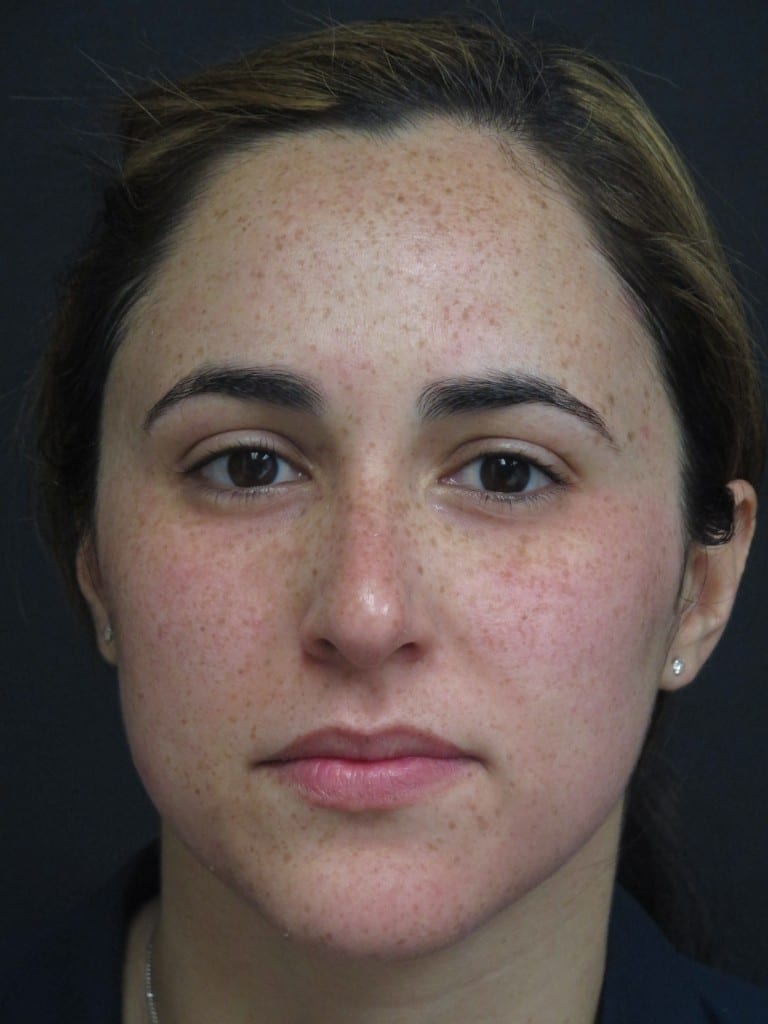 In addition, under the sun, our skin acquires age spots, which over time can turn into keratomas. Dermatologists even have the term “solar keratosis”, which means the appearance of neoplasms on the face and body that look like moles or freckles. At the beginning, a keratoma is a grayish or coffee-colored spot, with clear boundaries, with slight peeling on the surface. Gradually, the neoplasm thickens, becoming like plaques, reaching 1–2 cm in diameter, covered with dense crusts, which sometimes crumble and come off. In this case, the neoplasm can bleed and hurt. In the future, a keratoma can degenerate into skin cancer, which we have already mentioned. If you suspect you have a keratoma, it is also better to part with it in time with the help of a laser.
In addition, under the sun, our skin acquires age spots, which over time can turn into keratomas. Dermatologists even have the term “solar keratosis”, which means the appearance of neoplasms on the face and body that look like moles or freckles. At the beginning, a keratoma is a grayish or coffee-colored spot, with clear boundaries, with slight peeling on the surface. Gradually, the neoplasm thickens, becoming like plaques, reaching 1–2 cm in diameter, covered with dense crusts, which sometimes crumble and come off. In this case, the neoplasm can bleed and hurt. In the future, a keratoma can degenerate into skin cancer, which we have already mentioned. If you suspect you have a keratoma, it is also better to part with it in time with the help of a laser.
Do I need to talk about the importance of using a cream with a high SPF factor? But if photoaging of the skin is already in the literal and figurative sense on the face, modern aesthetic medicine and cosmetology will help restore health and freshness to the skin. Now, a whole arsenal of care products stands guard over youth. Of the injections, mesotherapy and biorevitalization are popular. For those who are afraid of needles, the latest tool is radio wave biorevitalization. The method was created on the basis of the latest developments in Swiss cosmeceuticals and the experience of European clinics. This unique skin rejuvenation technique is the simultaneous use of a special hydromask (CICE, Switzerland) and a new generation of radio wave therapy. At the same time, the methods used together enhance the effect of each other. The method not only powerfully moisturizes the skin, but also effectively fights the second chin, eliminates bags under the eyes and sagging skin. The result will be noticeable after the first procedure.
Now, a whole arsenal of care products stands guard over youth. Of the injections, mesotherapy and biorevitalization are popular. For those who are afraid of needles, the latest tool is radio wave biorevitalization. The method was created on the basis of the latest developments in Swiss cosmeceuticals and the experience of European clinics. This unique skin rejuvenation technique is the simultaneous use of a special hydromask (CICE, Switzerland) and a new generation of radio wave therapy. At the same time, the methods used together enhance the effect of each other. The method not only powerfully moisturizes the skin, but also effectively fights the second chin, eliminates bags under the eyes and sagging skin. The result will be noticeable after the first procedure.
This is a provocation
In summer, chronic skin diseases worsen: psoriasis, rosacea, acne, photodermatitis, and others. And in the case of such diseases, sunscreen alone is not enough. If you are sick with any of the listed skin ailments, summer is the time to contact a dermatologist.
